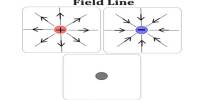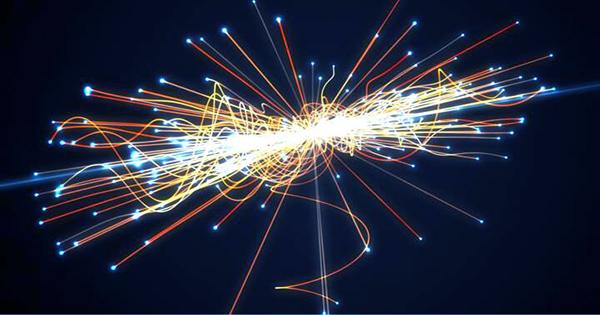Fluorescence is the emission of light by a substance that has absorbed light or other electromagnetic radiation. It is a phenomenon that occurs when a substance absorbs light of a specific wavelength and then emits light of a longer wavelength. It is a form of luminescence. In most cases, the emitted light has a longer wavelength, and therefore a lower photon energy, than the absorbed radiation. It is a form of luminescence, which is the emission of light by a substance that has absorbed energy from another source.
When a substance is fluorescent, it means that it can absorb photons of light and temporarily elevate the energy state of its electrons to higher energy levels. However, these electrons quickly return to their lower energy state by releasing the excess energy in the form of light.
A perceptible example of fluorescence occurs when the absorbed radiation is in the ultraviolet region of the electromagnetic spectrum (invisible to the human eye), while the emitted light is in the visible region; this gives the fluorescent substance a distinct color that can only be seen when the substance has been exposed to UV light. Fluorescent materials cease to glow nearly immediately when the radiation source stops, unlike phosphorescent materials, which continue to emit light for some time after.
Fluorescence is commonly observed in certain molecules, such as fluorescent dyes, quantum dots, and some minerals. It is widely used in various scientific, industrial, and everyday applications. Here are some key points about fluorescence:
- Absorption and Emission: Fluorescent materials have a distinct absorption spectrum that describes the wavelengths of light that they can absorb. When exposed to light of the appropriate wavelength, these substances absorb the photons and become excited. They then emit light at a longer wavelength, which is known as the emission spectrum.
- Stokes Shift: The emitted light in fluorescence has a longer wavelength than the absorbed light. This phenomenon is known as the Stokes shift. The shift occurs because some of the absorbed energy is lost as heat or other nonradiative processes before the emission takes place.
- Fluorophores: The molecules responsible for fluorescence are called fluorophores. Fluorophores have specific chemical structures that allow them to absorb and emit light. The emission color of a fluorophore depends on its specific molecular structure and environment.
Applications
Fluorescence has numerous practical applications. It is widely used in fluorescence microscopy, flow cytometry, molecular biology research, medical diagnostics, environmental monitoring, and many other fields. Fluorescent dyes and markers are commonly employed to label specific molecules or track biological processes in living cells or tissues.















